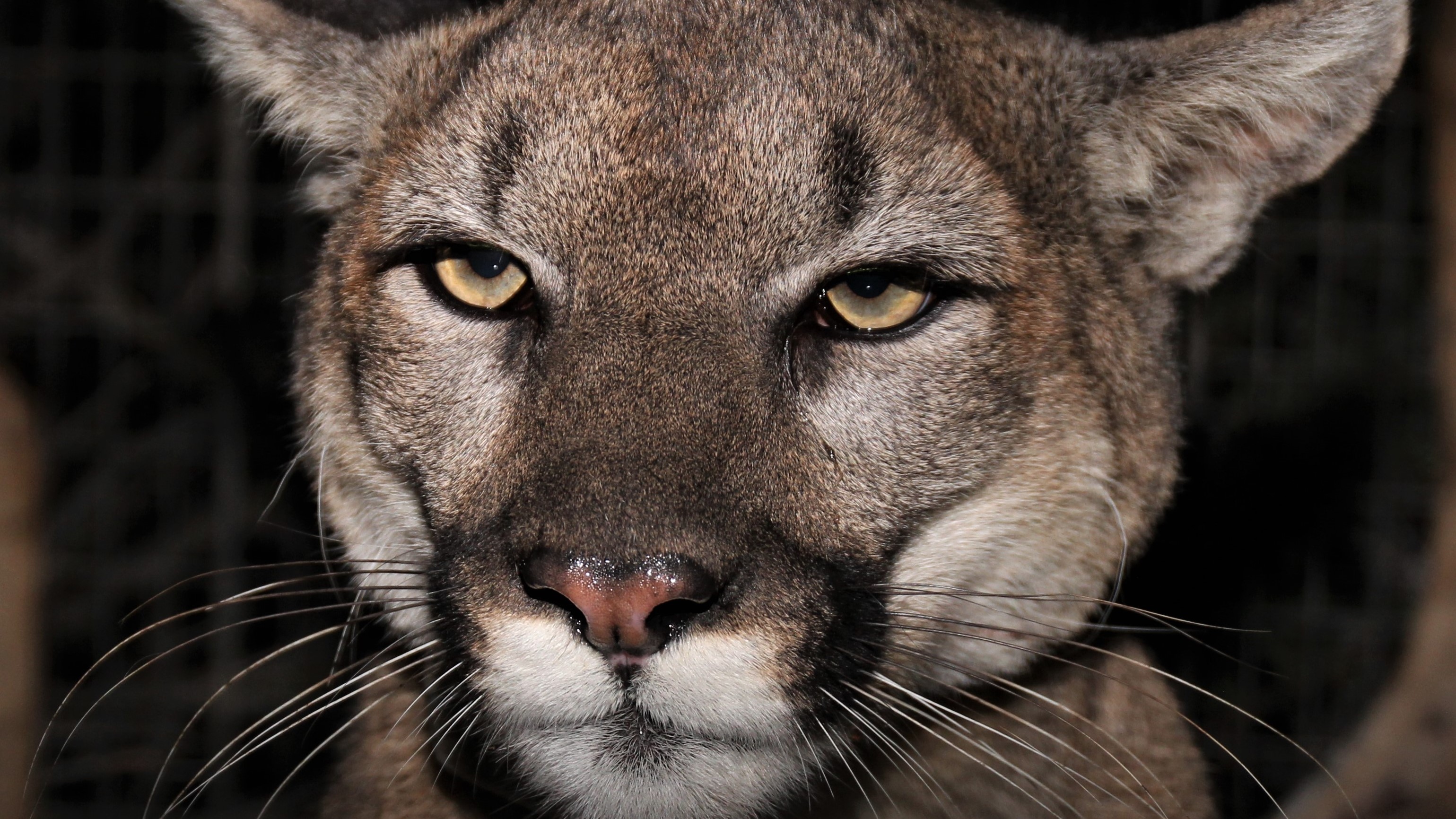Construction of a wildlife crossing designed to preserve Southern California's mountain lions and other animals is underway over the 101 Freeway northwest of Los Angeles.
The Wallis Annenberg Wildlife Crossing project began on Earth Day, April 22, with a ceremonial groundbreaking setting it on a path for completion in 2025.
Watch Live: Wildlife Crossing Construction Cams
The greenspace bridge will provide more room to roam for mountain lions and other animals hemmed in by urban sprawl. Big cats, coyotes, deer, lizards, snakes and other creatures will have a safe route to open space in the Santa Monica Mountains and better access to food and potential mates.
Get Southern California news, weather forecasts and entertainment stories to your inbox. Sign up for NBC LA newsletters.
Here's what to know about bridge construction, lane closures and more.
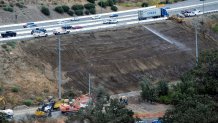
Where is the wildlife crossing?
The crossing will span the 101 Freeway in Liberty Canyon near Agoura Hills. Some 300,000 cars a day travel that stretch of the 101 in Agoura Hills, a small city surrounded by a patchwork of protected wildland that the new crossing will connect.
Drivers in the Liberty Canyon area will speed under the bridge, which is 165 feet wide with brush and trees growing on top, that will seamlessly join hillsides on both sides of the lanes.
Click here to see renderings of the project.
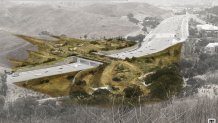
When will the Wallis Annenberg Wildlife Crossing open?
Construction will take place mostly at night and won’t require any lengthy shutdowns of the 101 Freeway, officials have said. It's slated to be completed by early 2025. It will be the largest crossing of its kind in the world -- a fully landscaped passage for wildlife that will stretch 210 feet over 10 lanes of highway and pavement.
A live feed of the construction site over the 101 Freeway in Agoura Hills is available here.
Architects designed the topography to be indistinguishable from the scenery on either side. Berms and hollows with high edges will block sound and light from the lanes below.
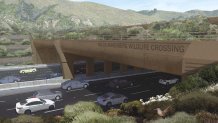
Why is the wildlife crossing being built?
It is estimated that the mountain lion population in the Santa Monica Mountains could become extinct within 50 years without an influx of genetic diversity. The lions are largely isolated due to freeways that act as barriers to movement across the region.
Conservationists hope the $85 million crossing will alleviate the problem.
Five mountain lions have been killed this year trying to cross Southern California freeways.
"This wildlife crossing could not have come at a better time," said Jeff Sikich, a wildlife biologist with the National Park Service.
The star of the fundraising campaign was mountain lion P-22. Famous for traveling across two freeways and making a huge Los Angeles park his home, the big cat became a symbol of the shrinking genetic diversity of wild animals that must remain all but trapped by sprawling development or risk becoming roadkill.
Vehicles and toxicants, like rat poisons, are two of the biggest threats to mountain lions in Southern California.
In June, mountain lion P-54, who is part of a National Park Service mountain lion study, was struck and killed by a vehicle in the Malibu area. The mountain lion and her four kittens also tested positive for multiple anticoagulant rodenticides, or rat poisons.
The next month, 2-year-old mountain lion P-89 was struck and killed on the 101 Freeway in the west San Fernando Valley. He was the fourth big cat from the group study to be killed on a Southern California road this year.
Scientists tracking cougars fitted with GPS collars found over decades that roadways are largely confining animals in mountains that run along the Malibu coast and across the middle of LA to Griffith Park, where P-22 settled. Despite being the face of the project, P-22 is unlikely to use the bridge because he’s confined to the park many miles away.
But many of his relatives could benefit.
"Just one individual adult male coming here every few years is enough to maintain some genetic diversity," Sikich said.
The idea isn't new, but what makes this project different is that it's over one of the busiest freeways in the world. The bridge will stretch 200 feet above 10 highway lanes and a feeder road just 35 miles northwest of downtown Los Angeles.
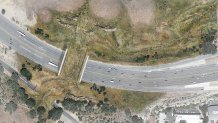
Who is paying for the wildlife crossing?
The $90 million price tag will be covered by about 60% private donations, with the rest coming from public funds set aside for conservation purposes. The span will be named the Wallis Annenberg Wildlife Crossing, for the philanthropist whose foundation donated $25 million.
Wildlife crossings — bridges and tunnels — are common in western Europe and Canada. A famous one in Banff National Park in Alberta spans the Trans-Canada Highway and is frequently used by bears, moose and elk.
The Los Angeles-area bridge has enjoyed nearly universal support, unusual for a public works project. The draft environmental impact document received nearly 9,000 comments — with only 15 opposed, according to the wildlife federation.
There are about 4,000 to 6,000 mountain lions in California, but wildlife officials call that a crude estimate without an ongoing statewide study. More than half of the state is considered prime habitat for the big cats, which can be found wherever deer are present.
The California Department of Fish and Wildlife receives hundreds of mountain lion sighting reports each year. Few result in mountain lions being identified as posing an imminent threat to public safety, the department said. Mountain lion attacks on humans are extremely rare and their nature is to avoid humans.

